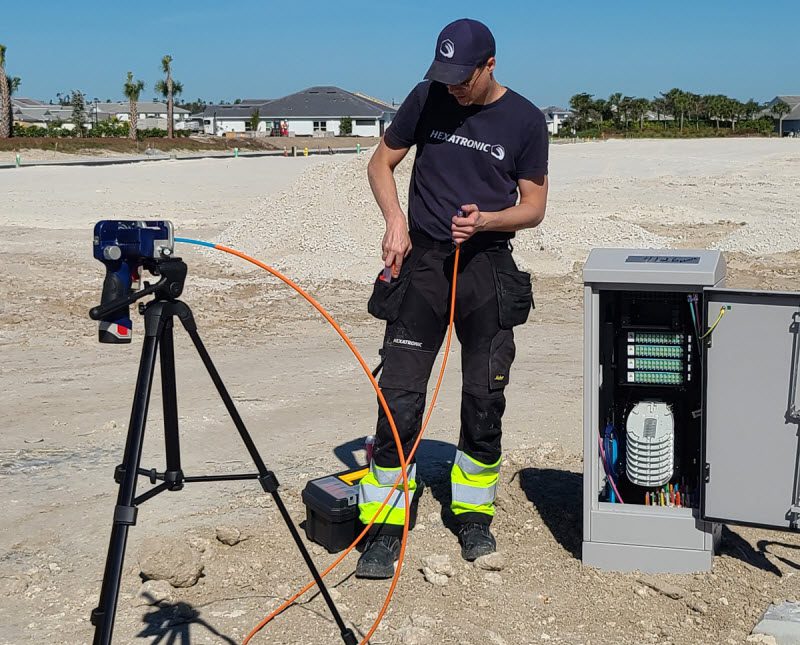Blown fibre systems reduce material and installation costs, need fewer fibre connection points, greatly simplify the repair and maintenance requirements and create a migration path for future applications.
In short, blown fibre is glass fibre optic cabling that is blown through a duct using compressed air instead of being hauled or pulled through.
The air blown system mitigates drag as the airstream created from the compressed air lifts the fibre away from the surrounding wall of the ducting, reducing the friction applied to cable and lowering the force required to push the cable through the duct. The benefits of blown fibre include: a much-simplified planning requirement, due to its versatile installation process; the speed of installation is greatly increased; it is a greener option compared to traditional cabling methods; and it is a more cost-effective solution.
 1300 130 423
1300 130 423




